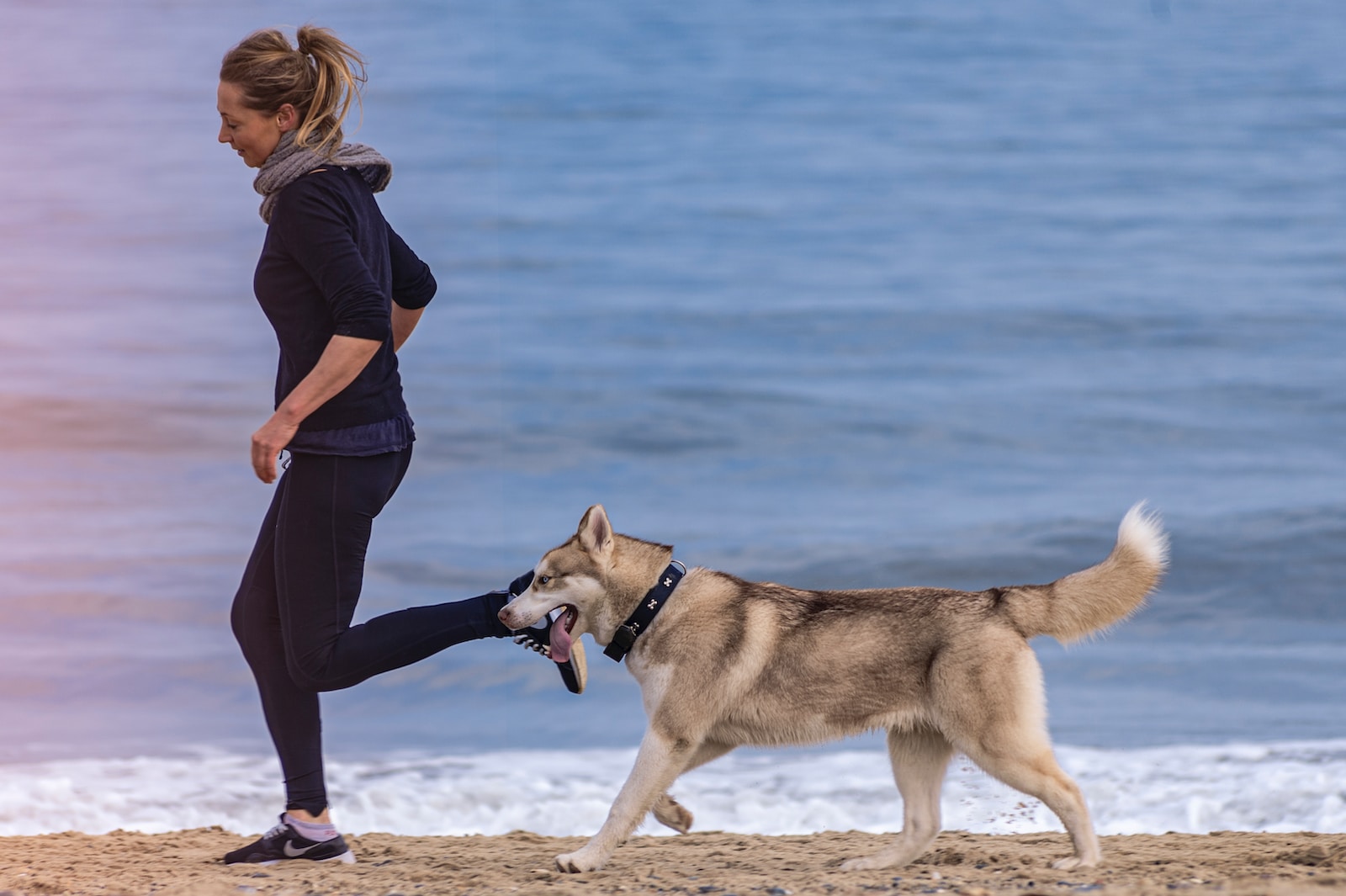As dog owners, we want nothing but the best for our furry companions. Providing them with regular exercise is not only essential for their physical well-being but also for their mental and emotional health. We will explore the numerous benefits of regular exercise for dogs and provide practical tips on how to get started on an exercise routine that will keep your canine friend happy, healthy, and full of energy.
Physical Health Benefits
Regular exercise offers a multitude of physical health benefits for dogs. Here are some of the key advantages:
a. Weight Management: Just like humans, dogs can struggle with weight issues. Regular exercise helps to prevent obesity and maintain a healthy weight, reducing the risk of various health problems such as diabetes and joint issues. Obesity in dogs can lead to an increased strain on joints, decreased mobility, and an overall decreased quality of life. Keeping your dog active and maintaining a healthy weight can significantly improve its well-being.
b. Improved Cardiovascular Health: Engaging in activities like brisk walking, jogging, or playing fetch stimulates your dog’s cardiovascular system, enhancing heart and lung function. A strong heart and healthy lungs are vital for your dog’s overall stamina and endurance. Regular aerobic exercise helps improve circulation, lowers blood pressure, and promotes a healthy heart, reducing the risk of cardiovascular diseases.
c. Strong Muscles and Bones: Exercise strengthens muscles and bones, promoting better agility and reducing the risk of injuries, especially in senior dogs. Dogs that engage in regular physical activity develop strong muscles, which improves their overall strength and mobility. Strong bones are essential for a dog’s structural support, and exercise helps maintain bone density, reducing the risk of fractures and osteoporosis.
Mental and Emotional Well-being
Exercise is not just about physical health; it also has significant mental and emotional benefits for dogs:
a. Reduced Anxiety and Boredom: Physical activity helps to alleviate anxiety and boredom, preventing destructive behaviors such as chewing, digging, or excessive barking. Dogs are social animals that thrive on mental and physical stimulation. Regular exercise provides an outlet for their energy, reduces restlessness, and promotes relaxation.
b. Mental Stimulation: Engaging in activities like puzzle toys, agility training, or scent work exercises keeps your dog mentally stimulated, preventing boredom and enhancing their cognitive abilities. Mental stimulation is essential for preventing cognitive decline in older dogs and can help improve problem-solving skills, memory, and focus. A mentally stimulated dog is a happy and content companion.
c. Bonding and Socialization: Exercise provides opportunities for your dog to socialize with other dogs and humans, strengthening their social skills and promoting a closer bond between you and your furry friend. Taking your dog to the dog park, joining group training classes, or participating in dog-friendly events allows them to interact with others, fostering positive social behavior and building their confidence.
Getting Started with an Exercise Routine
Now that we understand the benefits of regular exercise, let’s explore some practical tips on how to get started:
a. Consult with Your Veterinarian: Before beginning any exercise routine, it’s important to consult your veterinarian, especially if your dog has any underlying health conditions or is a senior. They can provide guidance on the appropriate intensity and duration of exercise for your specific dog. They may also recommend specific exercises based on your dog’s breed or health history.
b. Start Slowly: If your dog is not accustomed to regular exercise, start with short walks or gentle play sessions. Gradually increase the duration and intensity as their fitness level improves. This gradual approach helps prevent muscle strains and injuries while allowing your dog’s body to adapt to the increased activity. Remember that every dog is different, so it’s important to pay attention to their individual needs and abilities.
c. Variety is Key: Dogs, like humans, can get bored with repetitive exercise. Mix it up by incorporating different activities such as hiking, swimming, agility training, or playing interactive games like hide-and-seek. Not only does this keep things exciting for your dog, but it also engages different muscle groups and provides mental stimulation.
d. Consider Your Dog’s Breed and Age: Different breeds have varying exercise needs. Research your dog’s breed to understand its specific requirements. Some breeds, like Border Collies or Labrador Retrievers, have high energy levels and require more intense exercise, while others, like Bulldogs or Pugs, may have more limited exercise capabilities. Additionally, consider your dog’s age and tailor the exercise routine accordingly, ensuring it’s appropriate for their physical capabilities.
e. Make It Fun: Dogs are more likely to enjoy and look forward to exercising if it’s a fun and positive experience. Use treats, toys, and enthusiastic praise to motivate and reward your dog during exercise sessions. Incorporate games, like fetch or frisbee, that tap into their natural instincts. The more enjoyable the exercise, the more eager your dog will be to participate.
Regular exercise is a vital aspect of responsible dog ownership, benefiting both the physical and mental well-being of our furry friends. By incorporating exercise into your dog’s daily routine and following the tips provided in this article, you can ensure that your canine companion enjoys a healthy and fulfilling life. From weight management and cardiovascular health to mental stimulation and socialization, the benefits of regular exercise are numerous.
So, grab that leash, put on your walking shoes, and embark on a journey of fitness and happiness with your four-legged companion. Remember to consult with your veterinarian, start slowly, and make it enjoyable for both you and your dog. With regular exercise, you’ll not only improve your dog’s overall health but also strengthen the bond between you and your beloved pet. Here’s to a long, active, and joyful life together!

Leave a Reply